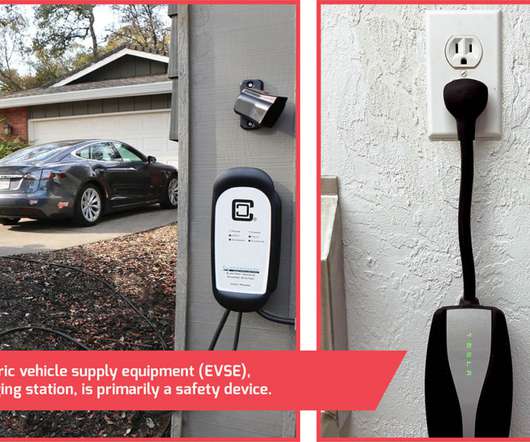Stanford study quantifies energetic costs of grid-scale energy storage over time; current batteries the worst performers; the need to improve cycle life by 3-10x
Green Car Congress
MARCH 10, 2013
Benson from Stanford University and Stanford’s Global Climate and Energy Project (GCEP) has quantified the energetic costs of 7 different grid-scale energy storage technologies over time. We find that annual material resource production places tight limits on Li-ion, VRB and PHS development and loose limits on NaS and CAES.




















Let's personalize your content